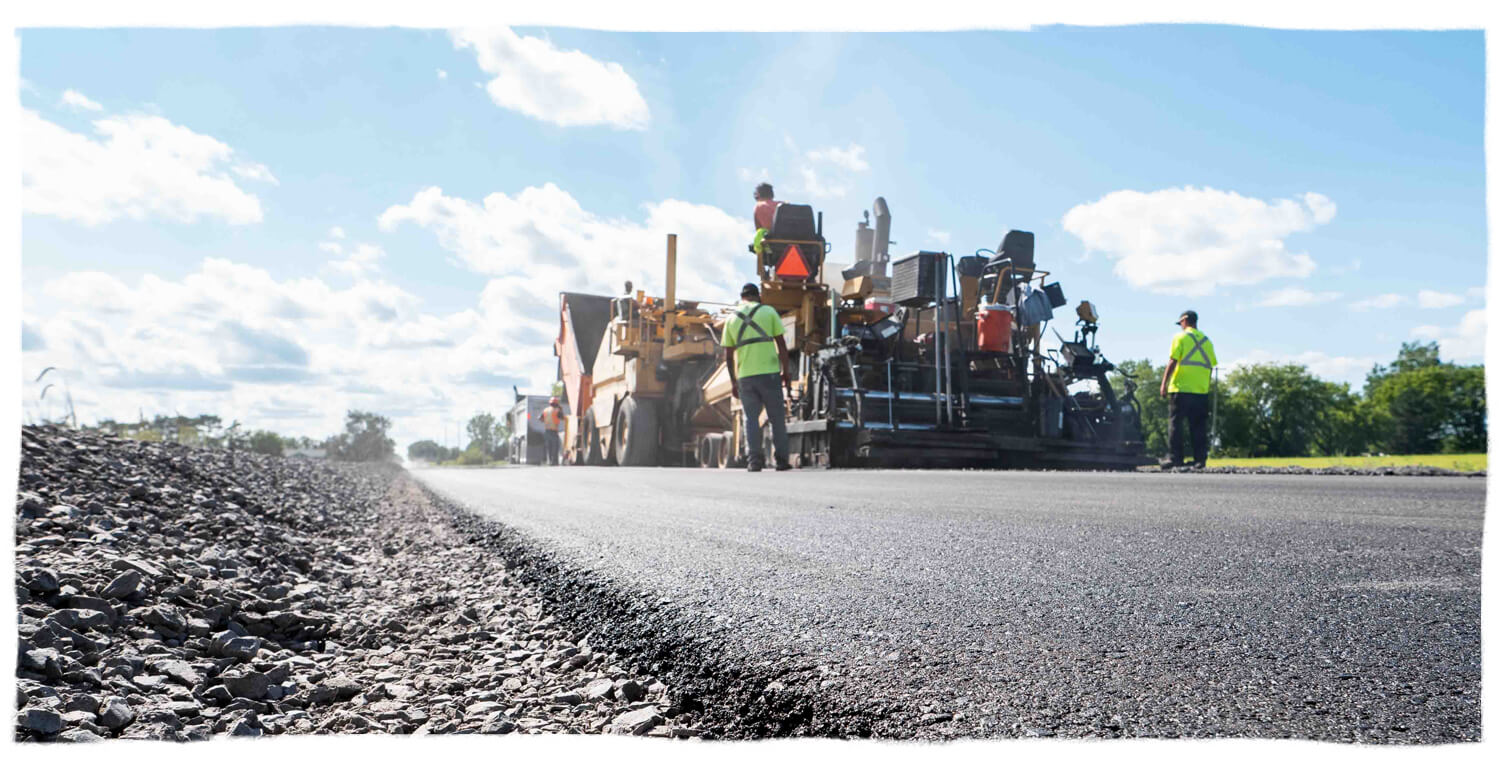
5 minute read
Quantifying Greenhouse Gas Emissions in Asphalt Plants
In 2020, the transportation sector was responsible for approximately 25 per cent of Canada’s total greenhouse gas (GHG) emissions with 159 megatonnes of carbon dioxide equivalent. Between 1990 and 2020, GHG emissions from the transportation sector grew by 32 per cent. Under the Paris Agreement, Canada has committed to reducing its GHG emissions by 30 per cent below 2005 levels by 2030, and Canada is dedicated to carrying out its expanded climate plan to reach net zero emissions by 2050.
With the above-mentioned facts in mind, one of the strategic priorities of OAPC is focused on sustainability aimed at promoting asphalt strategies, initiatives and processes that will benefit the environment, improve society, and provide an overall economic benefit.
In pursuit of these objectives, the OAPC Environment Subcommittee is mandated to develop an action plan to meet government’s commitment to net zero by 2050. There is no doubt this is an important focus for the transportation sector, but the road-building industry and specifically the asphalt paving industry must take this very seriously if it intends to stay competitive with other markets.
To meet these environmentally-focused demands, OAPC aims to partner with Carleton University’s Advanced Road & Transportation Engineering Lab (ARTEL) and the National Research Council (NRC) in a Natural Sciences and Engineering
Research Council of Canada (NSERC)-sponsored study aimed at quantifying greenhouse gas emissions from asphalt plants. The council’s interests and expectations from this study include:
Quantifying the GHG emissions, the energy sources, and their corresponding emissions from different types of asphalt plants;
Preparing a recommendation for sustainable asphalt mixing technologies and processes considering environmental conservation and the economy; and
Integrating the findings of the study into MTO’s GreenPave Rating System.
Our focus on quantifying GHG emissions in asphalt plants is to ensure that we can move the needle further toward targeting the best ways to minimize such emissions while achieving the maximum mix production rates. Within the cradle-togate framework, the important focus in asphalt production comprises of raw material extraction, transportation, and production stages.
Material extraction is the stage where natural resources such as aggregates (gravel, sand, crushed stone), asphalt cement, and raw materials for Portland cement are extracted from their natural sources, including quarries, mines, and natural deposits. This stage involves the extraction of materials that will be used in the pavement construction process, including aggregates and binder materials. The environmental impact of the extraction process must be considered, including potential disturbance to ecosystems and habitats, soil erosion, and dust and noise pollution.
The transport stage involves moving the extracted materials and other materials such as equipment, fuel, and personnel to the construction and/or production site. This stage requires transportation infrastructure such as roads, railways, and waterways, as well as vehicles and vessels. The distance and route of transportation contribute significantly to environmental impacts, including fuel consumption, emissions, and traffic congestion.
The production stage involves the manufacturing of pavement materials such as asphalt and concrete, etc. The materials are produced at specialized facilities using a mix of raw materials, additives, and energy sources. Energy consumption and emissions are prominent during the production stage which must be minimized using efficient production methods, alternative energy sources, and emission control technologies.
Asphalt is an environmentally friendly and sustainable option, and this is corroborated by the potential for emission reduction in strategies comprising of the use of recycled materials, use of natural gas as burner fuel, aggregate moisture content reduction, use of warm mix asphalt (WMA) technologies, reduction in electricity consumption intensity, and an overall fuel consumption reduction in the production processes
If we are successful with the stated objectives of this NSERCCarleton University partnership, the gains could be further translated into the MTO GreenPave Rating System. GreenPave incentivizes the reduction of GHG emissions from asphalt production, encouraging asphalt producers to achieve higher ratings and reduce their environmental impact, and these are achievable within the specific rating areas of “ Materials & Resources, and Energy & Atmosphere.” In the current GreenPave guidelines, the energy used to produce concrete is substantially lower than asphalt due to liquid bitumen assumed to be a form of energy itself known as feedstock energy. Consequently, the asphalt industry is tasked to provide more support and project level GHG/energy savings We also need to investigate new technologies in hot mix asphalt, and how it will impact the GreenPave rating.
Quantifying GHG emissions in asphalt plants is a crucial step towards understanding the impact of asphalt production on the environment and sustainability. This study will explore the activity inventory and emission factor approaches which are commonly used methods for estimating GHG emissions associated with asphalt production. Depending on findings, it will be possible to recommend changes to the existing emission factors that are usually obtained from Environment and Climate Change Canada’s National Inventory Report, and specific to each province. The use of sustainable practices such as warm mix asphalt and reclaimed asphalt pavement can significantly reduce GHG emissions. Reducing GHG emissions in the asphalt industry can lead to direct benefits such as cost savings, increased efficiency, improved public perception, and meeting regulatory requirements.
It is said that in poor weather conditions, a good pilot will always trust his instruments to navigate. Drawing from that analogy, the asphalt industry will need to trust the data it generates to improve its outlook in conversations involving the environment, production, performance, and economics. The quality of the data we can generate is dependent on the sort of production input and sources we are able to evaluate through the expected 3-year study duration. The output will enhance the industry’s competitiveness and access to government funding and incentives.
OAPC will come calling for participation from Ontario’s asphalt producers when this NSERC partnership study eventually takes flight – please stay tuned!







